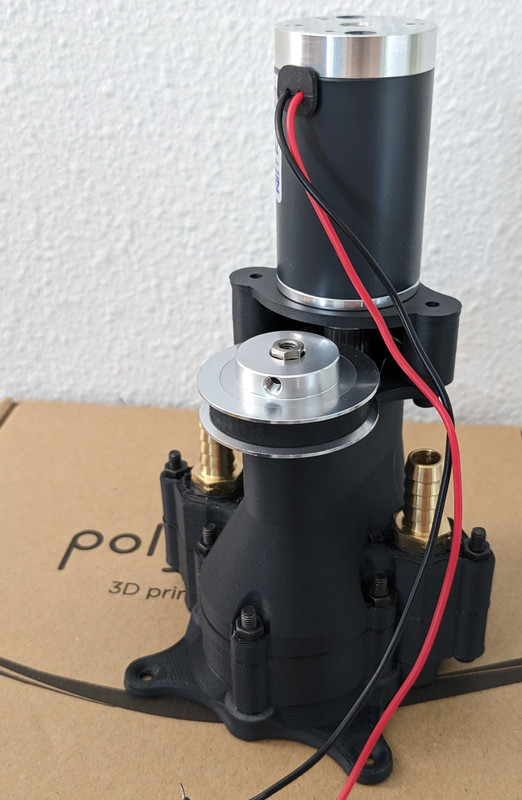3DPrinting
3DPrinting is a place where makers of all skill levels and walks of life can learn about and discuss 3D printing and development of 3D printed parts and devices.
The r/functionalprint community is now located at: [email protected] or [email protected]
There are CAD communities available at: [email protected] or [email protected]
Rules
-
No bigotry - including racism, sexism, ableism, homophobia, transphobia, or xenophobia. Code of Conduct.
-
Be respectful, especially when disagreeing. Everyone should feel welcome here.
-
No porn (NSFW prints are acceptable but must be marked NSFW)
-
No Ads / Spamming / Guerrilla Marketing
-
Do not create links to reddit
-
If you see an issue please flag it
-
No guns
-
No injury gore posts
If you need an easy way to host pictures, https://catbox.moe may be an option. Be ethical about what you post and donate if you are able or use this a lot. It is just an individual hosting content, not a company. The image embedding syntax for Lemmy is 
Moderation policy: Light, mostly invisible
view the rest of the comments


Hey, thanks for your interest! I edited the post to add an 'exploded' view of the parts. This is prototype #2 and still has some significant issues that I'm working on (and would love community input on!)
My strategy for a watertight print is as follows:
This has actually worked extremely well. The pump has leaks but none of them are from the 3d prints or mating surfaces. What I'm struggling with is preventing water from going out the shaft tunnel. This is a major issue because I'm currently using a chrome-steel bearing at the top for shaft concentricity, which will rust out almost instantly. I made the challenge harder for myself by using a hexagonal drive shaft so I can't rely on tight tolerances there to keep out the water. I need to sort out a strategy for packing / sealing and/or switch drive shafts + use some kind of off-the-shelf option.
I've also been looking into an alternate bearing solution e.g. ceramic. If I can find a good sealed bearing that won't rust I might be able to just use a tight TPU seal between hex shaft and bearing ID to give it a watertight seal.
The original design had several chrome steel bearings in it (newbie mistake) which I had to replace at the last minute with the nylon bushings. I'm working on a better solution.
edit: see video I just added in the post as well
Are you printing gaskets in tpu or just laying filament and compressing that?
I usually go to a trick I picked up someplace off the Internet using silicone caulk squeezed into an appropriate diameter of fish tank airline tubing. (Or for much larger seals, flexible pc liquid cooling tubes.)
The trick is using an air compressor to blow it out of the tubing. (You can also make hollow seals by blowing the tube before the silicone is set.) then, just glue the ends with a dab of leftover caulk.
Thanks for sharing. My next TPU gasket seal iteration was likely a full flat gasket after fussing with more of a printed o-ring like bead with a flat flange and channels built into the mating parts.
As far as shaft seals, you're in the "thar be dragons" region as far as I am concerned. Good luck!
Haha thank you! Yeah flat gasket is simpler & has worked so much better than past attempts at o rings and such. Definitely the way to go in my opinion. Just keep in mind when the grommet is compressed it grows horizontally slightly so you may need to inset the perimeter slightly. (You can see I had to do that with the interior section)